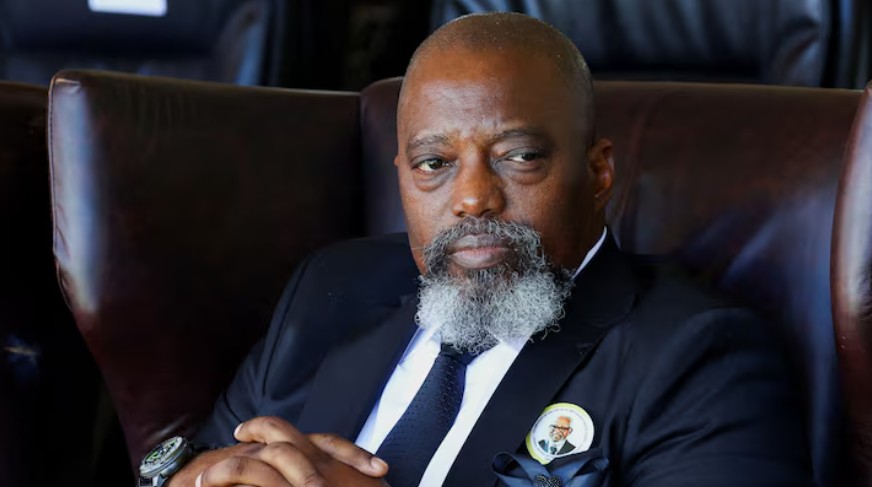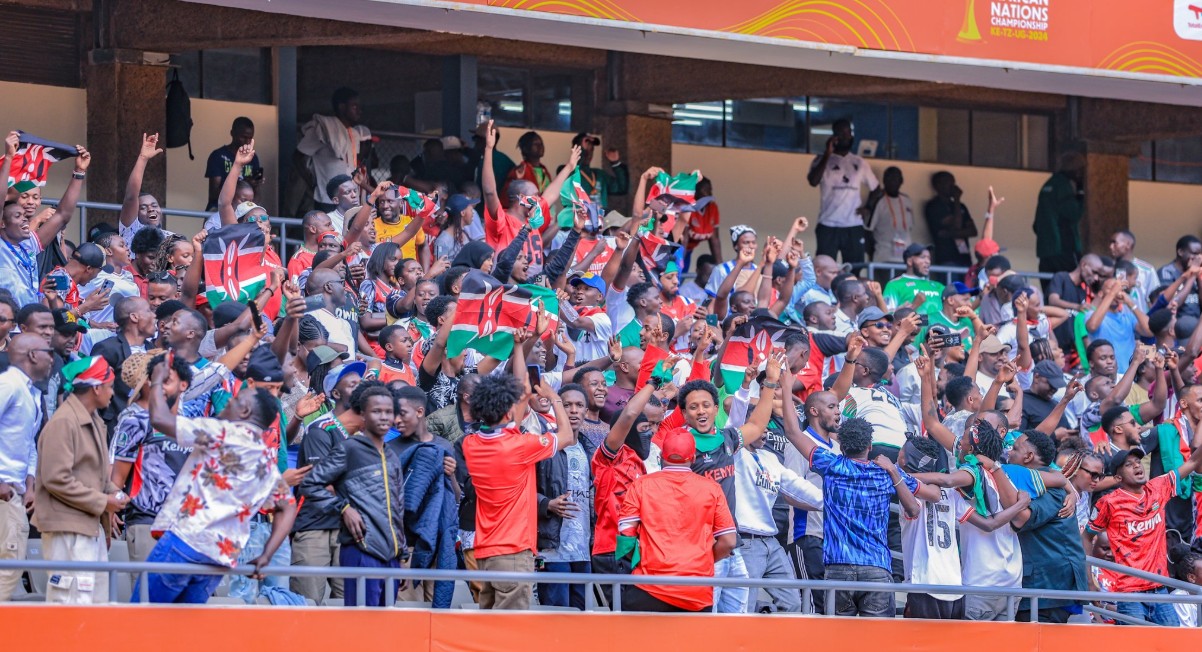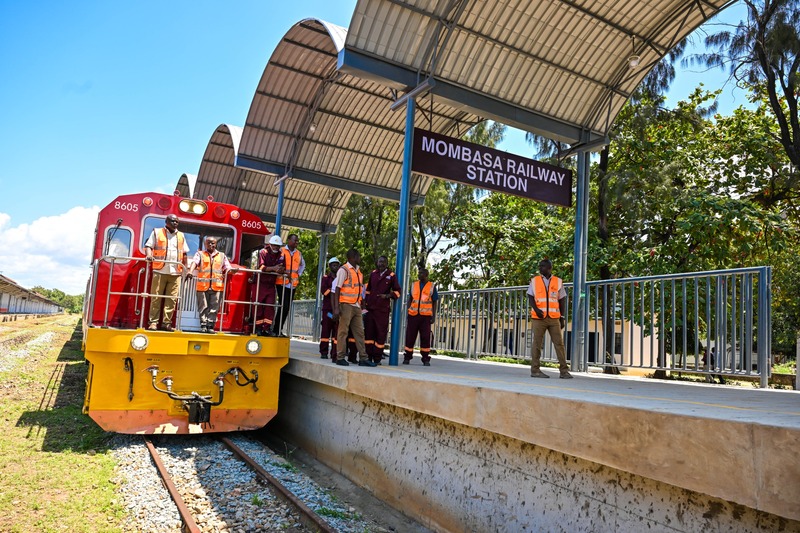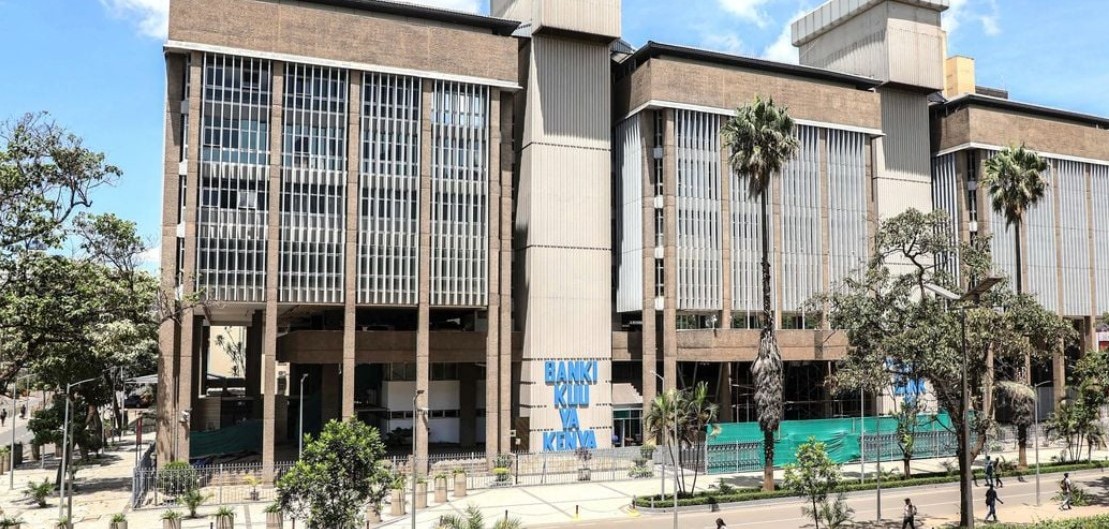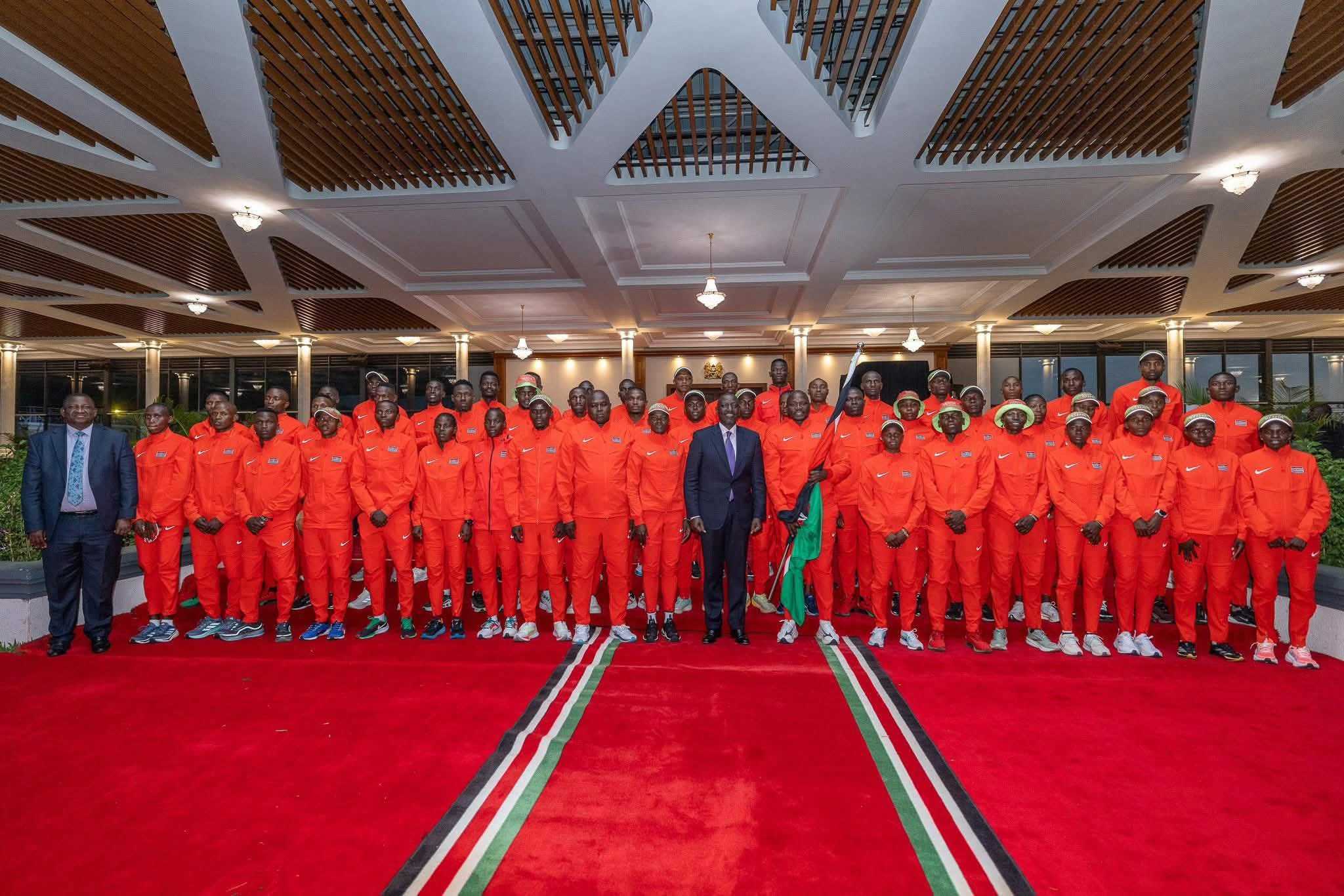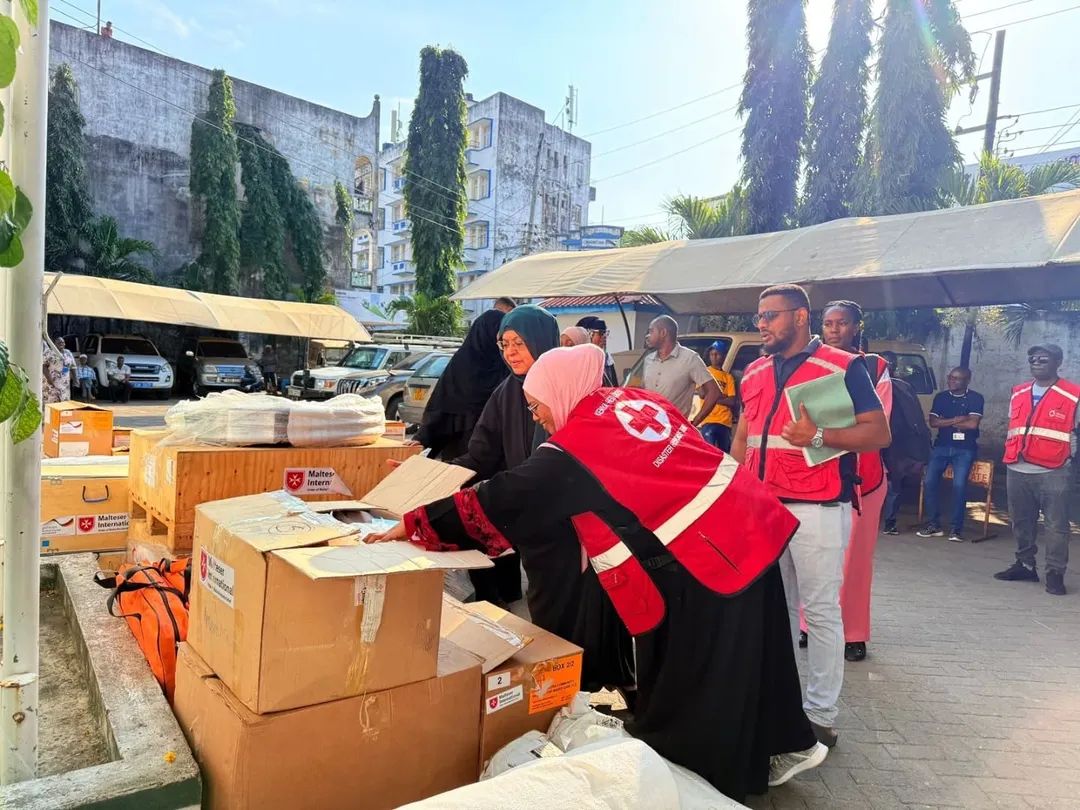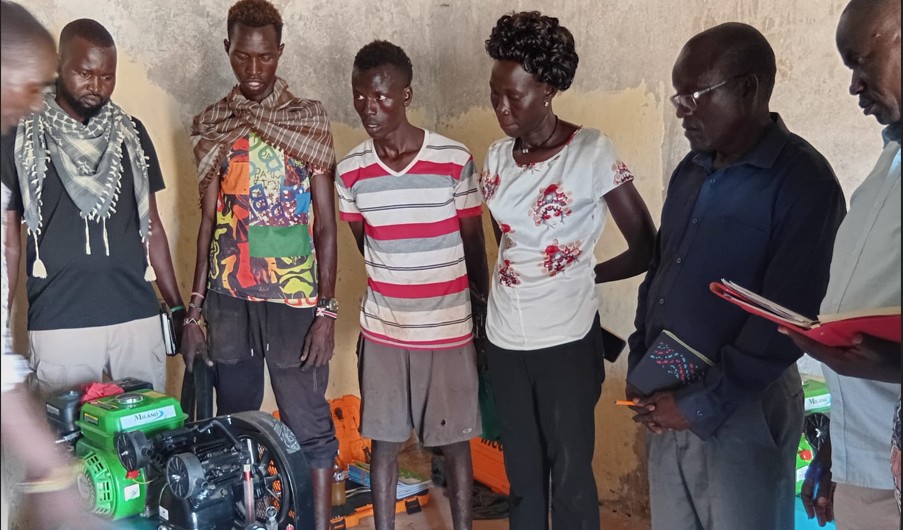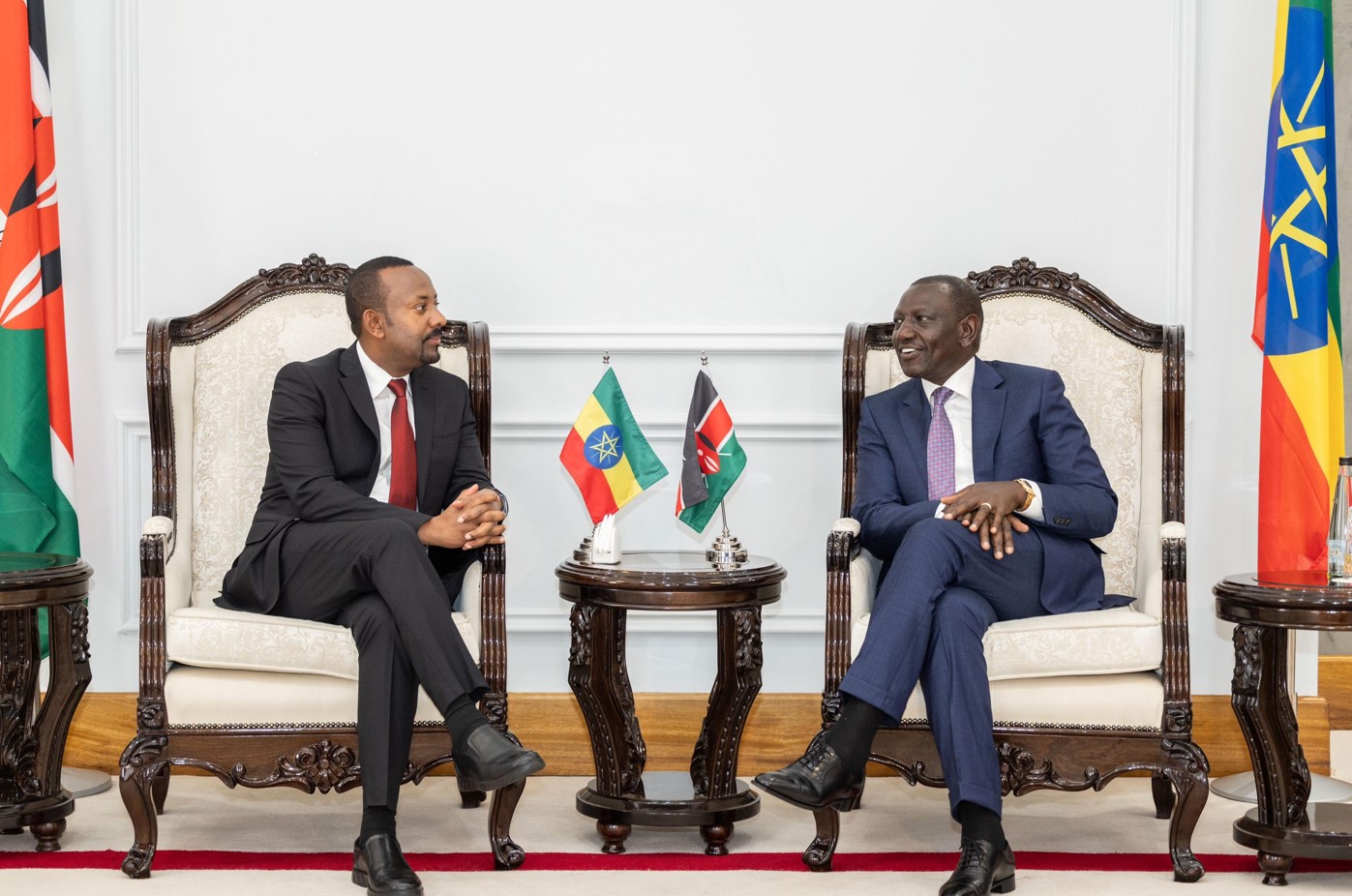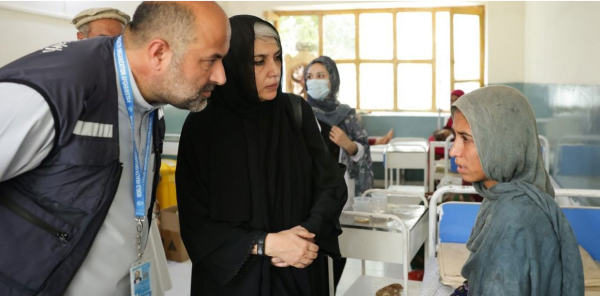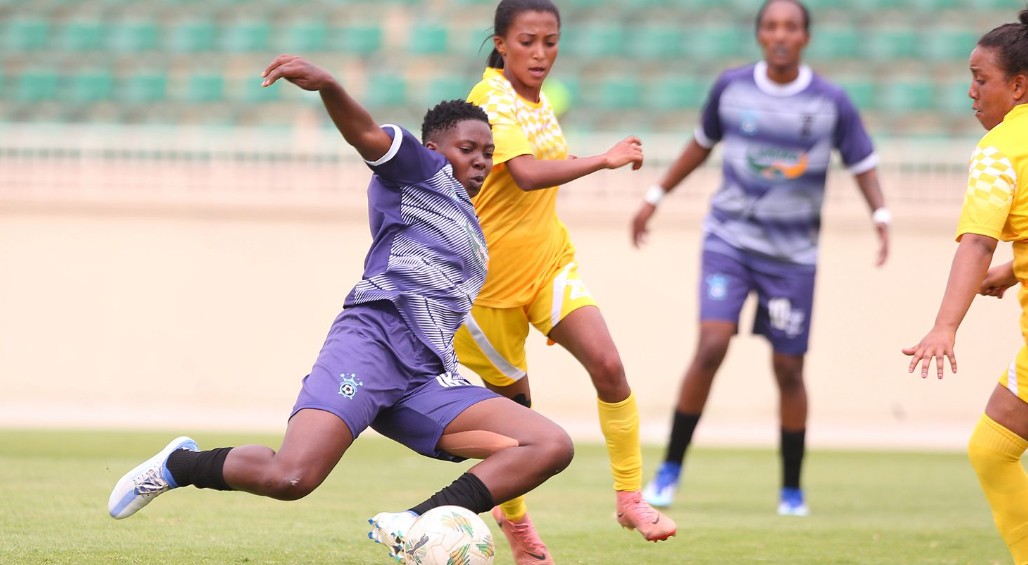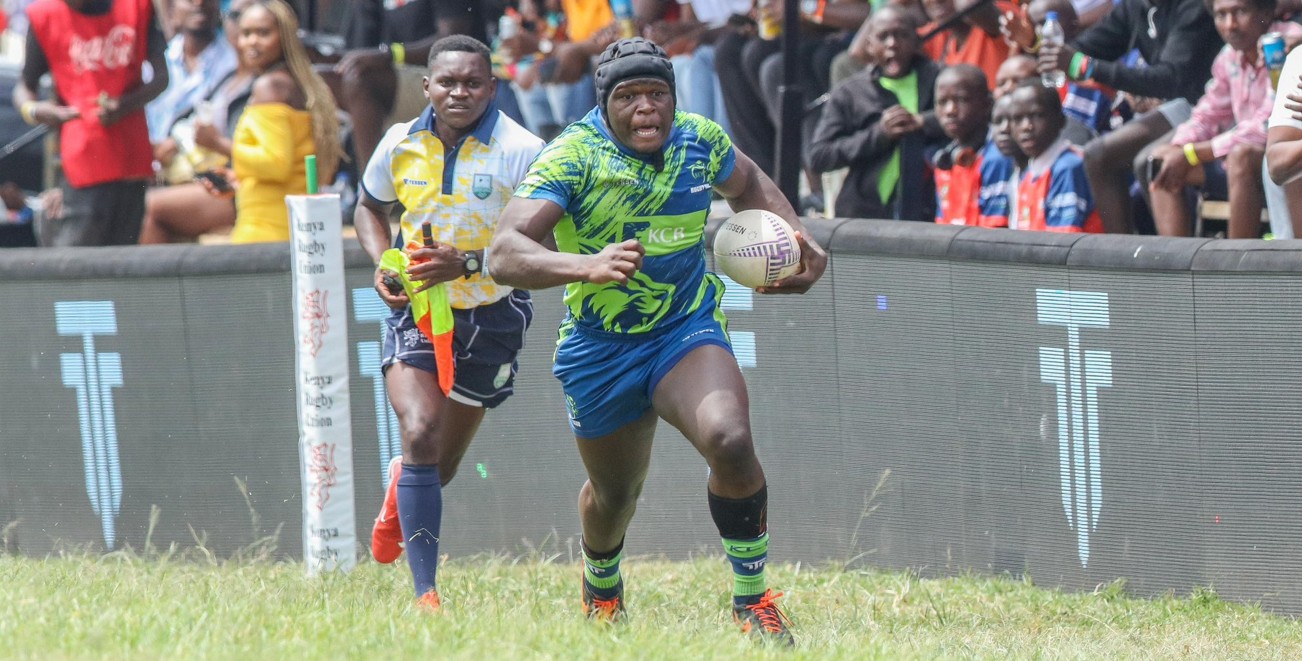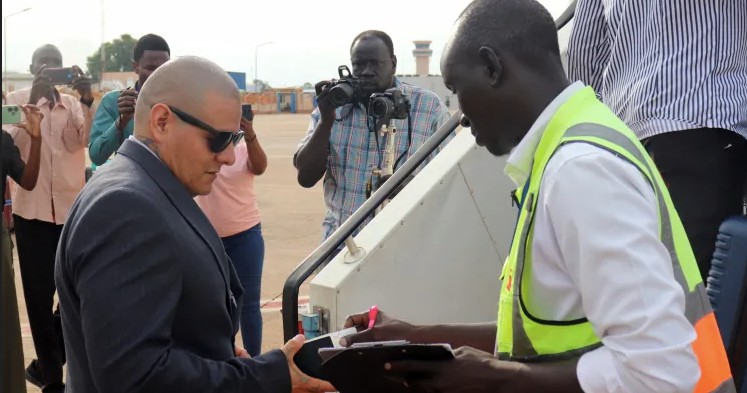State slashes secondary school capitation to Sh16,900 per learner, citing financial unsustainability
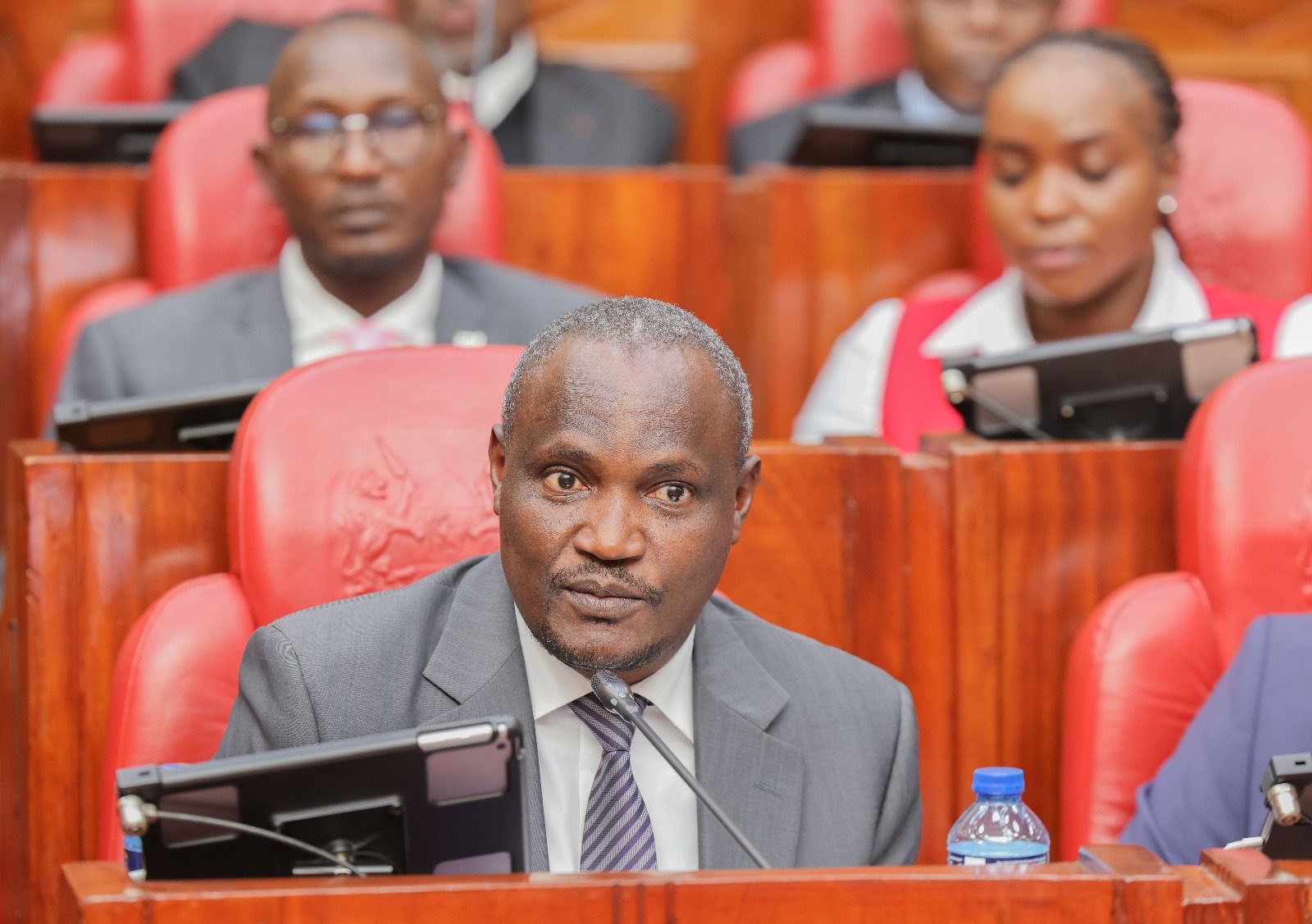
CS Mbadi attributed the underfunding to Kenya’s debt burden and constrained budget.
The government has slashed capitation funds for secondary school students from Sh22,244 to Sh16,900 per learner, Treasury Cabinet Secretary John Mbadi has announced, warning that the current model of free primary and secondary education is financially unsustainable.
Speaking on Thursday before the National Assembly’s Departmental Committee on Education, Mbadi attributed the underfunding to Kenya’s debt burden and constrained budget.
More To Read
- Education Ministry cites verification process for delayed capitation funds as schools face financial strain
- School heads warn of early third-term closure, exam disruption over delayed capitation funds
- Education ministry launches county forums to address capitation issues, stalled promotions
- Schools forced to fundraise after Ministry of Education fails to release festival funds
- Section of Nairobi MPs defend reduced school capitation, blame budget strain, rising enrolment
- Education Ministry denies capitation cuts amidst funding confusion
The funding cuts to the education sector have taken effect just as schools reopen for the third term, leaving many institutions struggling to operate without money.
Education Cabinet Secretary Julius Ogamba acknowledged the delays in capitation disbursement and confirmed that funds will only be released during the third term.
Data presented in Parliament revealed that only 50 per cent of Term One capitation had been released to schools. Additionally, co-curricular activity funding for primary schools has been slashed by nearly half, with pupils now receiving just Sh36 instead of the intended Sh76.
Members of the Education Committee sharply criticised the National Treasury over persistent delays in disbursing capitation, underfunding of key education programmes and the alleged diversion of funds to non-existent or “ghost” schools.
In a session chaired by Committee Vice Chairperson Eve Obara, MPs demanded explanations over funding shortfalls, inequitable infrastructure disbursements and rising frustrations among school heads forced to operate on unrealistic budgets.
“The problem we’re facing is the growing gap between what schools expect to receive and what they actually get,” Emuhaya MP Omboko Milemba said.
“We are promised Sh22,000 per learner, but the reality is far less. This is creating financial confusion in schools. You are creating a crisis in schools. Let’s be honest with headteachers on what to expect.”
Luanda MP Dick Maungu raised alarm over what he described as the fraudulent diversion of infrastructure funds to fictitious schools.
“Money is being channelled to non-existent schools. I will table a list. Meanwhile, children are sitting on stones and logs,” Maungu said.
“We cannot continue to look the other way. The Ministry must come clean.”
Kibra MP Peter Orero also questioned the logic of requiring schools to budget for a Sh22,000 capitation that is never fully delivered.
“If you can’t provide the full Sh22,000, tell schools to budget with what is actually available. Right now, there’s confusion and, worse, corruption,” Orero said.
“This is also creating space for non-existent schools to benefit from public funds.”
He expressed frustration with the shortfall in funding, saying the government was underfunding learners and contributing to school dropouts.
“We are just giving a child Sh2,000 to attend a school that needs Sh20,000 to run properly. Then we wonder why they drop out,” Orero said.
Responding to the criticism, Mbadi admitted that while the government remains committed to education, mounting debt obligations and budget constraints have made it impossible to fully meet funding promises.
“We are under-providing per child because of fiscal constraints. The current policy is Sh1,420 for primary, Sh15,042 for junior school, and Sh22,244 for secondary. Treasury has never failed to release what was approved, but what was approved is simply not enough,” Mbadi said.
“But our current budget doesn’t support it.”
He noted that while capitation for junior secondary, free primary and day secondary schools was released in January and May 2025, sustaining these education pillars, first introduced under Presidents Mwai Kibaki and Uhuru Kenyatta, is increasingly difficult.
“We continue to explore sustainable options, including securitisation and PPPs, to support higher education financing,” he added.
Obara told the Treasury CS that Parliament expected full transparency.
“CS Mbadi, you should have told us the truth. If it’s not possible to meet the Sh22,000 standard, say so. This is Parliament—we need honest figures for accurate planning for schools,” she said.
Igembe North MP Julius Taitumu echoed the sentiment, calling for accountability on disbursed funds.
“We approved a certain amount in the Budget in this House. But now, per child, it’s clear that less was released. Kenyans deserve the truth,” he said.
Addressing concerns around special needs education, Siaya Women Rep Christine Ombaka queried why capitation for learners with disabilities had stagnated despite their higher needs.
“These schools support learners who require more resources than regular schools. Why has their capitation remained unchanged?” she posed.
Mbadi responded that top-up capitation had been allocated, Sh2,300 for primary and Sh35,730 for secondary level special needs education institutions and that infrastructure improvements were underway.
On equitable distribution of infrastructure funds, Teso South MP Mary Emaase urged the Treasury to ensure fairness across all regions.
“We must ensure schools in rural, arid, and underserved areas are not left behind,” she said.
“Let every child benefit regardless of their location.”
Baringo North MP Joshua Makilap added, “Can you confirm whether infrastructure funds have been disbursed? If yes, then where are they? We want to see a detailed breakdown per school.”
The committee instructed CS Mbadi and education officials to reappear before the Committee in two weeks with a full breakdown of infrastructure disbursements and a list of beneficiary schools.
MPs also expressed concern about the impact of delayed capitation on students in private universities, with Moiben MP Phyllis Bartoo noting that many were at risk of dropping out.
“You have acknowledged debts owed to private universities. But are you aware that students placed there are suffering?” she posed.
“We need the list of students receiving government capitation in private universities.”
MP Orero criticised the current University Funding Model, calling it inadequate.
“Our public universities are on the brink. They’re choked by debt and ballooning wage bills, and the formula you are using is ineffective. The parameters are leaving out many students who need funding,” he said.
In response, Mbadi referenced ongoing reforms under the Presidential Working Party on Education Reforms and reaffirmed support for the Differentiated Unit Cost (DUC) model.
“We are committed to financial sustainability in universities. But universities must also restructure, cut administrative fat and rethink their business models,” he said.
Top Stories Today

